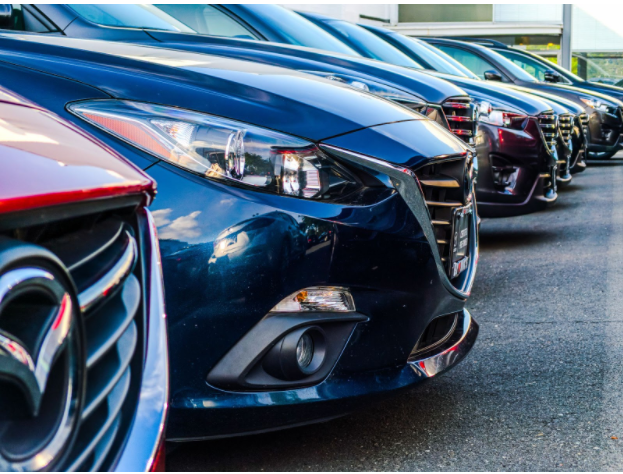New data reveals that new auto sales in 2020 rose slightly, when compared to 2020’s new auto sales. However, sales are still about two million behind what was sold, on average, before the COVID-19 pandemic ever began. While demand for new cars is still high in the United States, the low supply of chips needed to make cars has kept consumers from being able to buy new cars. Plus, the higher price of cars could possibly have also resulted in lower sales than normal.
According to this new data, analysts expect new car sales to rise by about 14.9 million vehicles — a 2.5% increase from 2020’s sales. Before the pandemic began, car sales, on average, reached about 17.3 million each year. Once automakers release their yearly report on exactly how many new cars were sold in 2021, analysts will have a better idea of how the auto industry is fairing as the pandemic continues on.
The chip shortage has left many car manufacturers unable to produce the normal amount of cars they would in an average year. This low inventory of chips has also led to prices of cars to go up. Consumers’ demand for cars has surged in 2021, though finding the right new cars to buy has become difficult for many Americans because of these factors.
Because of the pandemic, the United States and countries around the world found themselves in a chip shortage. While this shortage has improved somewhat over the months, auto manufacturers still don’t have the amount needed to continue to produce new cars on a substantial basis. This has, as a result, led to many factories being closed down for weeks or months, as car manufacturers didn’t have the necessary materials to continue making cars, and therefore closed down factories for a short time.
Analysts aren’t quite sure when this chip shortage will end. While many are positive that this chip shortage will get somewhat better in 2022 — and mainly during the second half of the year — the shortage won’t be solved, likely. Some type of chip shortage will still remain. Therefore, manufacturers may still have to learn how to work with a low supply of chips.
However, even with these consistent concerns the auto industry is facing, there are positive signs to look at. For example, new data indicates that there seem to be more cars on dealer lots, even though this number is still much lower than what was experienced before the pandemic ever began.
Analysts also believe that new car sales will continue to increase in 2022. While 2021 saw about 14.9 million new car sales, analysts believe 2022 will come closer to 2020’s 17 million car sales and reach about 16 million. Likely, auto manufacturers will be better suited to handle this ongoing chip shortage and therefore have an easier, or smarter, understanding of how to ensure they always have a rotating or ongoing inventory.
So, the chip shortage may not be ending fully any time soon, but analysts still have high hopes for the auto industry’s ongoing recovery to pre-pandemic numbers.










